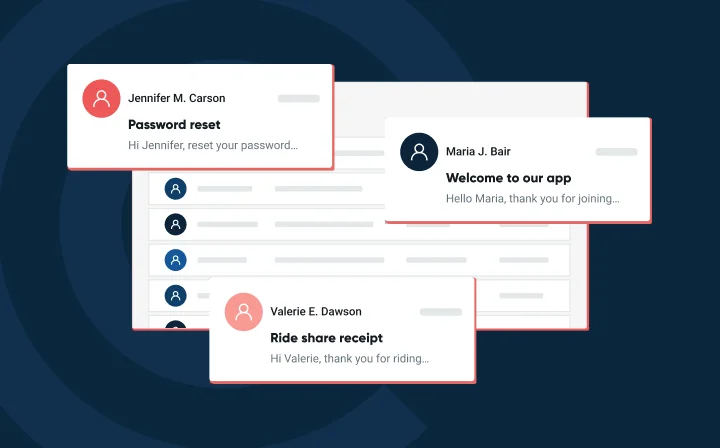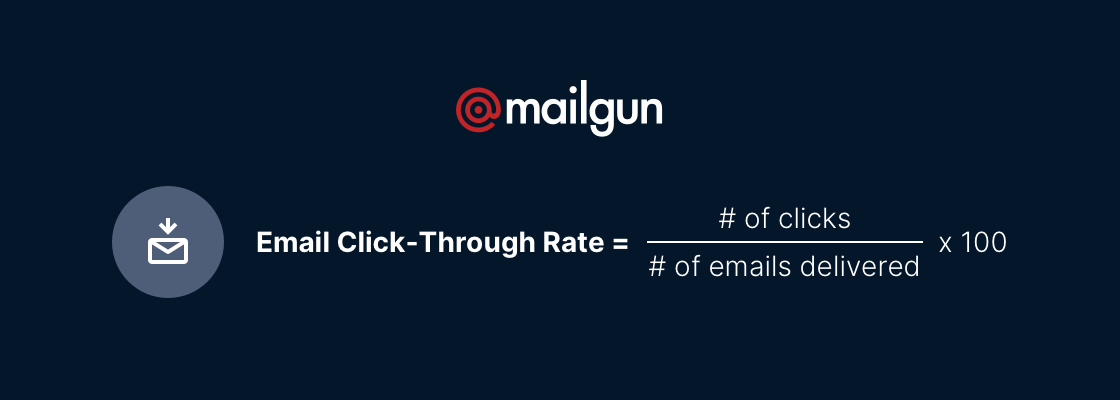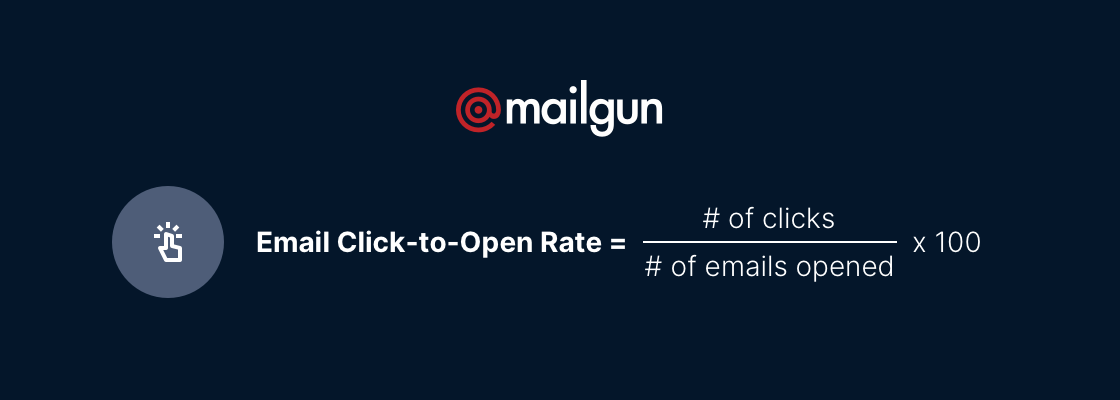How to improve email click-through rates


We all know that the internet provides the things we want and need with just a few clicks of a button. How many times have you seen ads that promise products, services, and huge “you’re our millionth visitor” prizes that are just one click away?
Okay, we’re not saying that you should actually click on those ads—in fact, it’s probably best if you don’t. But the presence and capabilities of these ads does highlight an important concept in email marketing… click-through rates.
Don’t know what they are? Have no fear. Even though we can’t give you a cash prize for being our one millionth visitor, we can give you some information that will increase your knowledge of click-through rates and strengthen your email program. Think of it as less of a prize, and more of a gift.
Ready? Let’s go.
There are actually two ways to measure click rates in email: click-through rates are different from click-to-open rates. Both are measurements of the effectiveness of your email program, but there are differences between the two.
Click-through rates are simply the rate at which the links and CTAs in your email campaigns are clicked on, based on the number of people that received it.
A desirable click-through rate will vary from campaign to campaign depending on your goals, but you don’t need to be a rocket scientist to figure that higher click-through rates mean better engagement and are more likely to lead to better business for your organization. As an example, if out of the 1000 people that receive your email, 500 people open it but only 100 click on a link within it, you would have a click-through rate of 10%.

The click-to-open rate only measures the amount of clicks that derive from opened emails, not from the total amount of emails that are delivered and seen in an inbox.
The click-to-open rate helps you gauge the effectiveness of your email content, and if your campaign’s recipients were interested in finding out more about your business through your links and calls to action. As an example, if out of the 1000 people receive your email, 500 open it but only 100 of them click through on something, you would have a click-to-open rate of 20%. Easy enough, right?

Differentiating click-through rates from click-to-open rates can be difficult, but it is key to remember one important factor. Click-through rates are derived from the total number of email sent. Click to open rates are derived from the total number of emails that are actually opened. It’s a good thing to remember as you build your email program.
In this post, we’re going to focus on click-through rates, to help you understand why your click-through rates might be low and how to improve them.
If you’re scratching your head over your click-through rates and still not quite sure why they are low, you might be looking in the wrong places. With click-through rates, it’s not just about whether your subscribers are clicking on your emails, it’s also about figuring out whether they are opening them or not.
Maybe your email is just plain not being opened. For example, maybe it’s getting sent to the wrong folder. Emails that end up in the spam folder will most likely be deleted without a second thought. Some ISPs also sort emails in different tabs, which can influence the attention they get from readers. Luckily, there are ways you can increase the amount of your emails that are landing in the inbox and help them catch consumers’ views and clicks.
Or, perhaps your email just isn’t standing out in the inbox. If your copy is un-engaging and your subject line is dull, readers may not be interested in clicking through to find out more information about you—and why would they? You haven’t engaged them. Also, if your emails are sent at a less-than-optimal time, subscribers may merely skim them or disregard them entirely because they don’t have the time or inclination to read them.
Maybe you do have an interesting subject line and content. However, if your email is not what your subscribers are looking for, they will have less of an interest in what you are trying to sell them. Your content may not be giving them the answers to their problems, or you may have lured them in with a false promise or promotion.
Messy or unclear email design will obscure your calls-to-action and reduce your click-through rates through reader confusion. If your email content is too cluttered or disorganized, your subscribers will not know where their attention should be directed or where your most important information is. Non-responsive email design can also affect click rates., If your calls-to-action are too small or not easy to locate on mobile, it might be hard for your subscribers to find them and click on them.
Luckily, it’s totally easy to find an improvement strategy that works for you. Check out these options:
The more people that open your email, the more chances you have of them clicking on your CTAs. First off, make sure your email is not landing in the spam box. Trust us—at the end of the day, it all comes down to your email deliverability.
Also, think about what tab makes the most sense for your campaign and try to get your emails into the right folder. Emails that land in the primary inbox will be front-and-center with subscribers and have the highest chance of getting read, but there’s also a lot to gain by understanding how Gmail’s Promotion tab works, for example. Make sure that your email stands out from others with eye-catching subject lines and pre-headers.
In your email content, ensure that you are answering your subscribers’ questions and giving them what they want from you. Why did your readers sign up? What makes you the best choice for them? How can you fulfill their needs? Answering these questions gives your emails value and tells your readers exactly why they should choose you… and why they should choose to click through for more information.
When sending your emails, segment your mailing list based on your subscribers’ level of engagement. When it comes to frequency, more engaged subscribers may want more emails, and less engaged subscribers may want fewer. Satisfying these desires will help your click-through rates.For content, send segmented, targeted emails based on your readers’ demographics and interest levels. Cater to what their current needs are, and they will be more likely to follow your calls-to-action and come back to you when they’re ready to make a purchasing decision.
Finally, review your email design and make necessary changes to it with conversion in mind. Try out different calls-to-action, A/B testing your email content, and other strategies that help confirm your subscribers’ wants and make them more likely to click on—and in—your emails.
As you can see, click-through rates are pretty important for your engagement and deliverability.
High click-through rates mean higher engagement and better business. By ensuring that your deliverability is high and that your emails are strategically targeted, you can ensure that your customer relationships will continue to feel like brand-new gifts for as long as you keep creating emails. 🎉
At Mailgun, we help you track your email engagement with advanced analytics tools that can help you monitor all facets of your email program. Figure out where you can improve your deliverability, and where you’re on the right track for growth. You can even sign up for free, and try them out now. What are you waiting for?
Happy sending!